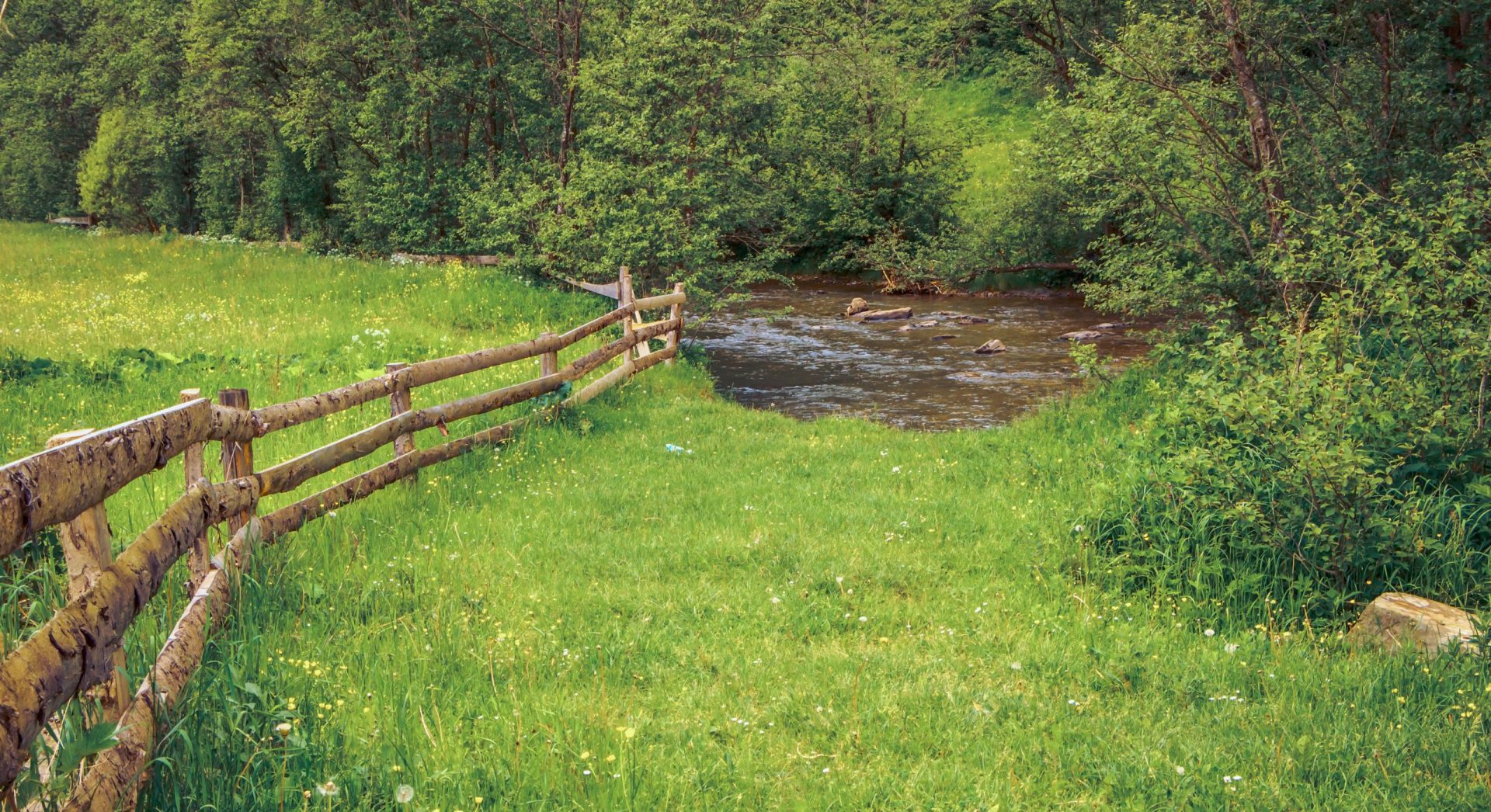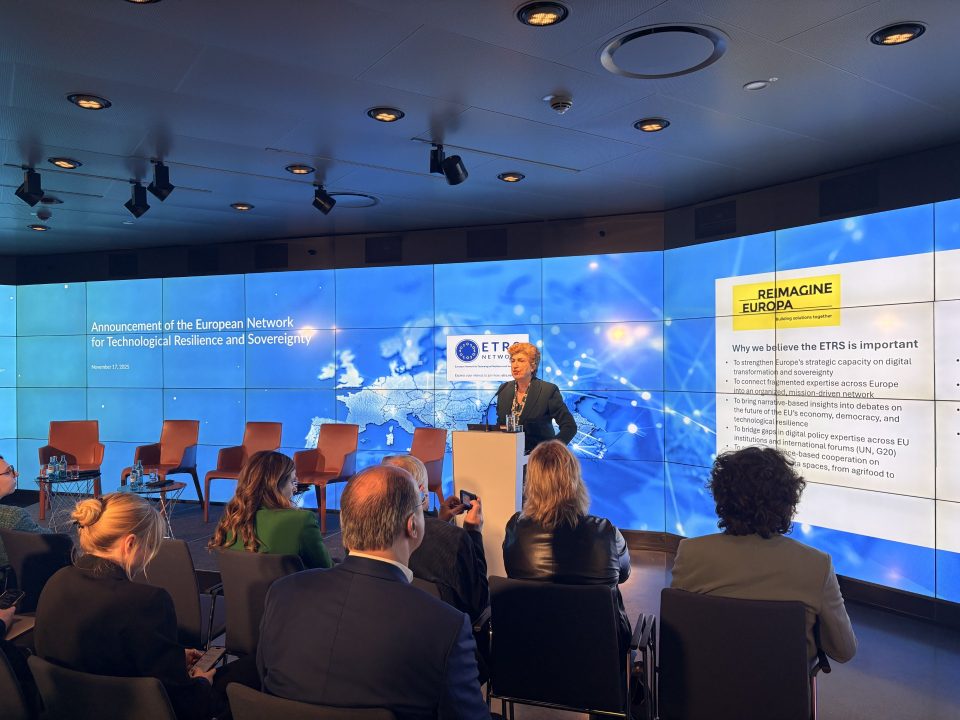On March 12th, the European Commission published the results of online public consultation on a long-term vision for rural areas.
Here are some of the key points, in case you don’t have time to read the whole story.
Due to the change of economic models and the increasing industrialisation of agriculture, the growing urbanisation of the last decades has caused a sharp population decrease in rural areas around the world. The great diversity amongst the European Union’s rural areas is undoubtedly one of the core values that underline their importance and must be preserved in the future. These differences will be vital in helping Europeans resist climate change and mitigate its consequences. Nonetheless, the EU’s rural areas share many challenges, ranging from lower connectivity and lack of services to employment shortage.
Rural areas today
Among the consultation’s most prominent findings, over half of the respondents identified improving infrastructure, e.g., public transport, as the most pressing need. The importance of access to critical public services such as water and electricity, banks and post offices were also highlighted.
Most respondents refer to a better quality of life, due to factors such as contact with nature and reduced pollution, as the main reason for preferring rural life to urban life. However, it is worth noting that the availability of ‘business opportunities thanks to digital infrastructure making working remotely easier’ is catching up and is currently the third most important reason for deciding whether to live in a rural area.
Rural areas of the future
The vast majority of respondents listed digital connectivity, basic services and e-services, and improving farming’s climate and environmental performance as key factors which the attractiveness of rural areas depends on in the next 20 years. In the long-term, support to children, the elderly and people with disabilities were the most common priority, followed by local job opportunities and participation in decision-making.
Among all participants, 39% indicated that they felt left behind by society, but the percentage increases significantly (56%) for respondents living in remote rural areas. Deteriorated infrastructure and services and the lack of economic opportunities were indicated as the most prevalent reasons, followed by the perception that rural areas’ needs are not adequately considered in political decisions.
According to the consultation, any long-term strategy to improve the quality of life in rural areas should include support for rural entrepreneurship and innovation to improve the job market, enhancements to connectivity and digital solutions to support the creation of smart villages, improved accessibility of services and infrastructures. A comprehensive strategy could help to address demographic challenges, including depopulation, generational renewal and gender inequality.
The consultation, held between September 7-20, 2020, saw the participation of 2326 respondents from all EU member states. Its results will be presented during the Rural Vision Week, a virtual event that is scheduled on March 22-26 in collaboration with the European Network for Rural Development.




